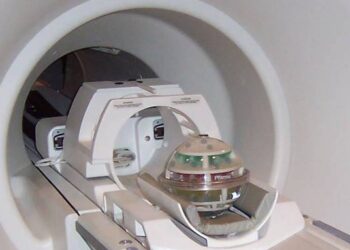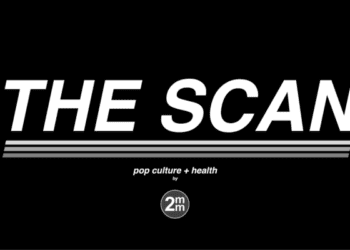Low income associated with increased BMI and chronic stress
1. In a prospective cohort study, low income was associated with an increase in body mass index (BMI) and cortisol levels over time.
2. There was no correlation between increased cortisol and BMI, suggesting an independent relationship between low income and BMI that is not impacted by cortisol levels.
Evidence Rating Level: 2 (Good)
Study Rundown: Childhood obesity is a significant public health challenge with broad implications on long-term health. It is well described that socioeconomic factors such as poverty and household income contribute to the risk of childhood obesity. This study explored the relationship between income and chronic stress as measured by activation of the hypothalamic-pituitary-adrenal (HPA) axis and production of cortisol. Children 2-4 years of age were enrolled prospectively and followed for 36-months with measurements of body mass index (BMI), household income, and cortisol levels in hair samples. In children from very-low-income households (<$25,000) compared to reference groups, there was a greater rate of change in BMI (95th percentile of BMI; BMIp95) over the follow-up period and higher hair cortisol accumulations. However, the cortisol levels were not correlated with BMI. This study suggests that low-income children have higher BMI and more chronic stress (as measured by hair cortisol), but these processes may be independent from one another. Shortcomings of this study include a short follow-up period of 36 months and the narrow inclusion criteria (age 2-4 years), limiting both its generalizability across age groups and its ability to monitor changes into adolescence. Future studies are required to evaluate the relationship of obesity, chronic stress, and income to address modifiable risk factors (such as income and poverty) on long-term health.
Click here to read the article in the Journal of Pediatrics
In-Depth [prospective cohort]: This prospective study collected data from 2012-2017 as part of the Childhood Obesity Prevention and Treatment (COPTR) Consortium and NET-Works group. Children between 2-4 years of age (N=534) were enrolled from pediatric primary care clinics in Minneapolis, Minnesota. At the 36-month follow up visit, 92% of the participants were retained. Participants with household incomes <$25,000 were defined as the very low-income group, with a reference group of income from $25,000-$65,000. BMI measurements were based on the 95th percentile of BMI, and cortisol measurements were taken from hair samples to quantify a cumulative effect of the HPA axis. The rate of change of BMIp95 was significantly higher (p<0.01) in children with very low income (0.34 percent unit change per year) compared to reference groups (-0.61 percentage unit change per year). In addition, children from very-low-income households had higher hair cortisol accumulation over 36 month study period compared to reference groups (0.22 pg/mg vs 0.03 pg/mg, p=0.02). There was no significant relationship between hair cortisol levels and BMIp95.
Image: PD
©2022 2 Minute Medicine, Inc. All rights reserved. No works may be reproduced without expressed written consent from 2 Minute Medicine, Inc. Inquire about licensing here. No article should be construed as medical advice and is not intended as such by the authors or by 2 Minute Medicine, Inc.









